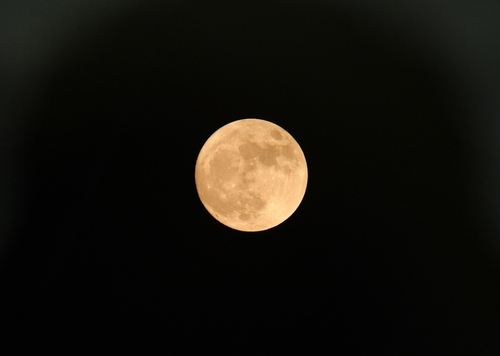New Delhi: As the US space agency pushes back its timeline to send a manned mission to the Moon, China has roped in Pakistan and Belarus to its Moon programme that aims to construct a permanent lunar base in the 2030s.
In May last year, China announced plans to send a manned mission to the Moon by 2030 for lunar scientific exploration, amid its deepening space race with the West and India.
China-led International Lunar Research Station (ILRS) programme now has seven nations — Russia, Belarus, Pakistan, Azerbaijan, Venezuela and South Africa — according to SpaceNews.
It is in direct competition with the NASA-led Artemis Programme, which aims to place astronauts on the lunar surface by 2030.
Pakistan is already involved in China’s Chang’e-6 lunar sample return mission, due to launch in mid-2024. It is also working on the ICUBE-Q cubesat for the mission in cooperation with China’s Shanghai Jiaotong University.
Beijing plans to launch the Chang’e-6 and land it on the Moon in the first half of 2024 to collect samples from the far side of the Moon — which no other country has attempted to date — and to send the Chang’e-7 probe around 2026 to implement resource exploration of the lunar south pole.
The far side of the Moon, which can’t be seen from Earth, is covered in craters, but unlike the near side isn’t dominated by large lunar mare, or darker imprints of ancient lava flows.
Chinese space scientists revealed in a recent paper the scientific goals and payloads mounted on the country’s lunar probe Chang’e-7 that will investigate the water-ice in the shadow pit near the south pole of the Moon, according to Xinhua news agency.
The researchers from the National Space Science Center under the Chinese Academy of Sciences and the China Lunar Exploration and Space Engineering Center indicated in the paper that the detection platforms of the Chang’e-7 mission will be equipped with a total of 18 payloads.
Chang’e-7’s main probe consists of an orbiter, a lander, a rover and a mini-flying probe. The lander will land on a crater’s illuminated rim near the lunar south pole, along with the rover and mini-flying probe, according to the paper.
The Chang’e-7 mission is designed to investigate the formation and evolution of the moon, the space environment and the utilisation of in-situ resources on the moon, which will lay the foundation for the establishment of a long-term lunar research station in the future.
The Moon is, no doubt, the next frontier to capture in the burgeoning global space industry and China is leaving no stone unturned to explore the lunar surface.
Since 2016, China’s space industry has made rapid and innovative progress, manifested by a steady improvement in space infrastructure, like the three-step lunar exploration programme (orbit, land and return) and landing beyond the Earth-Moon system by Tianwen-1.
Achieving relay communications through the Queqiao satellite, the Chang’e-4 lunar probe performed humanity’s first soft landing on the far side of the Moon, and conducted a roving exploration.
The Chang’e-5 lunar probe brought back 1,731 grams of samples from the Moon in December 2020, marking China’s first successful extraterrestrial sampling and return, and the completion of its three-step lunar exploration programme.
In the next five years, China will continue with lunar and planetary exploration, according to a recent Chinese government white paper on space.
The overall goal is to achieve China’s first manned landing on the Moon by 2030 and carry out lunar scientific exploration and related technological experiments.
In 2021, China and Russia announced plans to set up an International Lunar Research Station.
“The Moon is being used as a stepping stone to places like Mars. It’s a great place to test out deep space technologies,” said Lin Xiqiang, Deputy Director of the China Manned Space Agency (CMSA).
–IANS


Comments are closed.